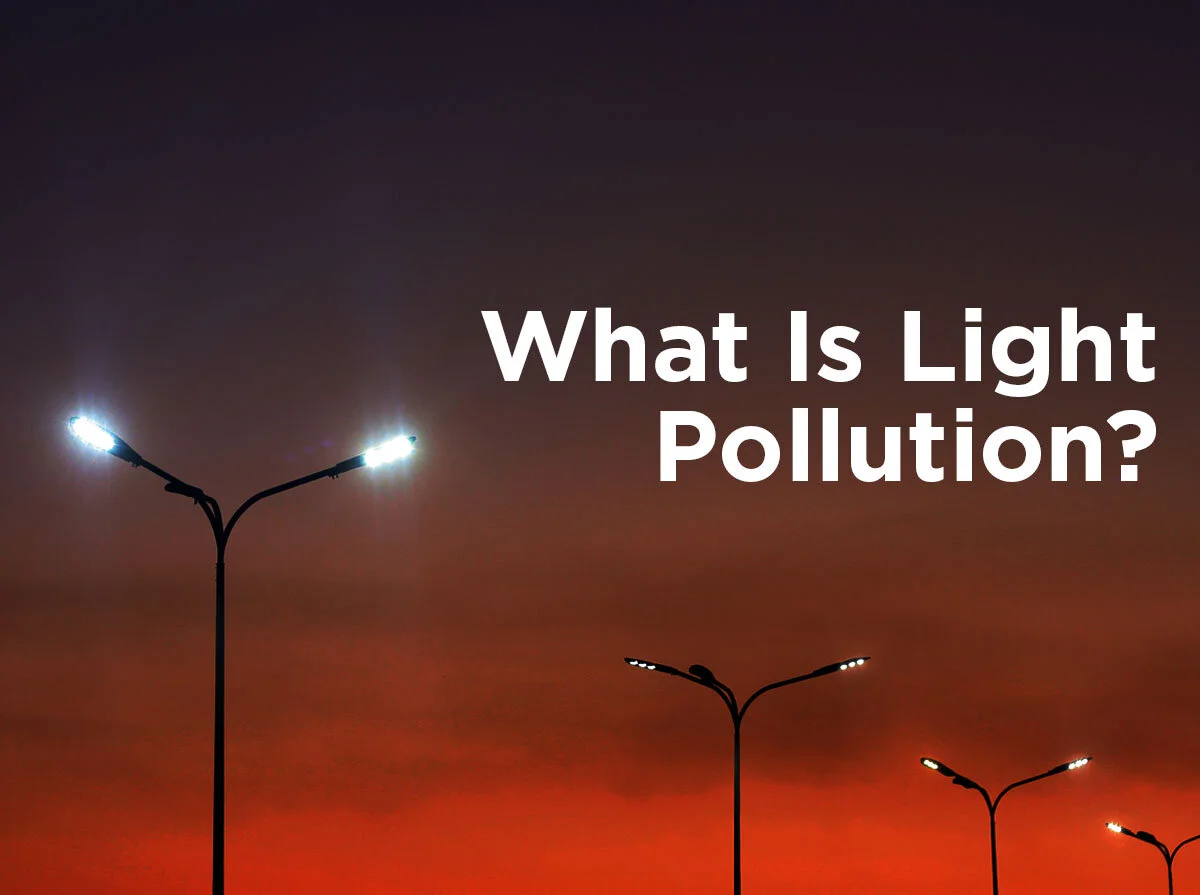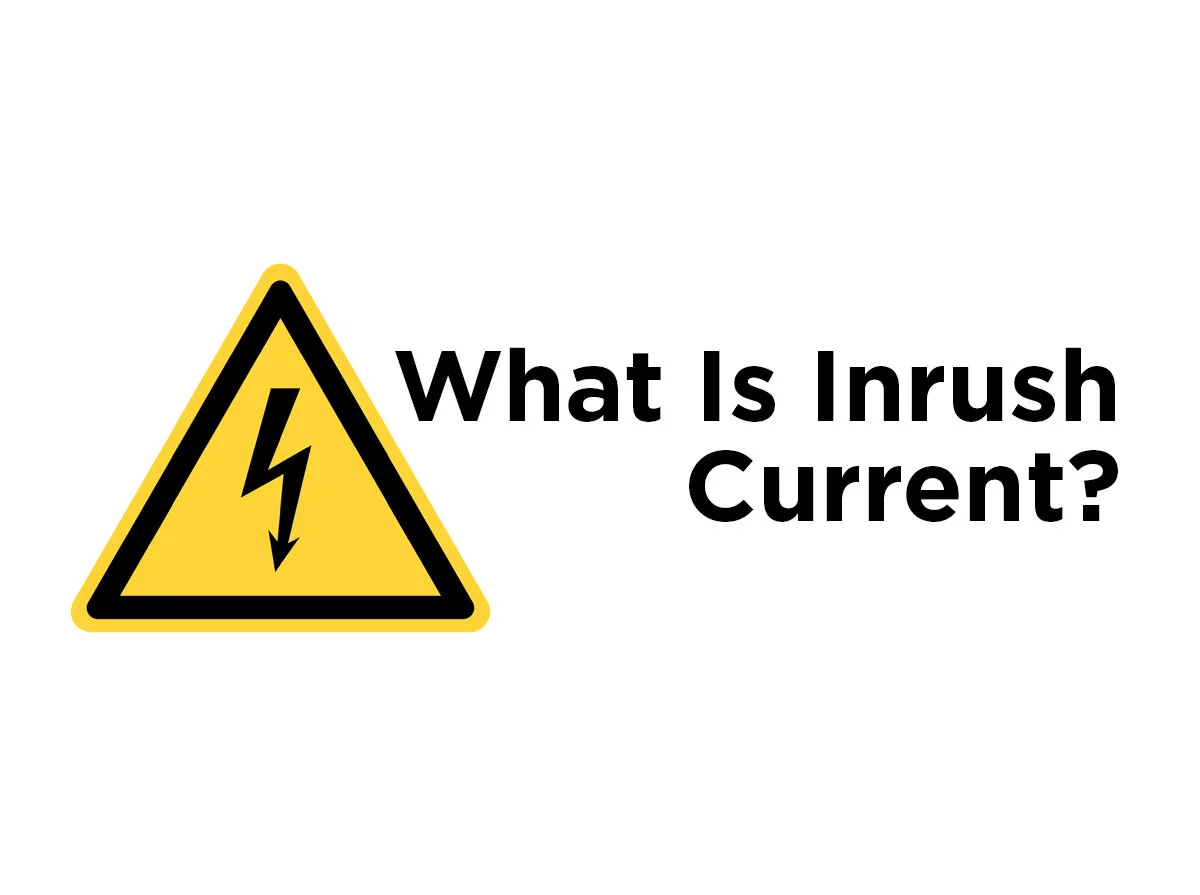What is Light Pollution?
For many people, it would be difficult to imagine living in a world where artificial light does not exist. Since the invention of light bulbs in 1879, the use of artificial light sources in everything from street lamps to table lamps has become a major part of the way we live our lives. While man-made light serves many important purposes, specifically in regards to public safety and technological advances, excessive and improper use of it has led to light pollution. The negative consequences of light pollution are many, but there are ways they can be prevented.
What Causes Light Pollution?
When excessive amounts of outdoor lighting interferes with the natural environment, particularly at night, it can be classified as light pollution. When light is directed towards the sky, it scatters in the atmosphere and reflects back to the ground causing increased sky brightening. As you can imagine, light pollution is especially prominent in large cities throughout the world where light obscures a clear view of stars in the night sky. Before the invention of artificial light, it was not uncommon to be able to see the Milky Way in all its glory. Now that the natural landscape continues to become more and more urban, the sky continues to brighten.
According to the International Dark-Sky Association, there are four components to light pollution:
1. Urban sky glow – The brightening of the night sky over populated areas
2. Light trespass – Light shining where it is not supposed to or needed
3. Glare – When excessive levels of light cause visual discomfort and decrease visibility
4. Clutter – Groupings of light that are excessively bright, especially in over-lit urban areas. This contributes to urban sky glow, light trespass and glare.
What are the Effects of Light Pollution?
You may be asking yourself why the brightening of the night sky is harmful. The first of the negative effects of light pollution is that professional astronomers are finding it more and more difficult observe the sky from Earth. Beyond astronomy, light pollution affects ways of life for numerous living things. According to the IDA, wildlife can be greatly affected by the brightening of the sky. Light pollution has the power to affect migratory patterns of newly hatched sea turtles, birds, fish, frogs and more. Nocturnal animals that rely on bright days and dark nights are also deeply affected. In addition to its negative effect on animals, light pollution can also influence the way our eyes develop and adapt to darkness. Not to mention, the use of too much light in unnecessary ways wastes valuable resources.
How To Control Light Pollution
Luckily, there are ways that light pollution can be controlled and even eliminated. The first thing that needs to be done is making sure that light is only being used where it’s needed most and in the right quantities. In order to control sky glow and clutter, the amount of lighting installed should be monitored. Another way to reduce the four components of light pollution is to make sure outdoor lighting is always pointing towards the ground instead of directed at the sky. For example, using security lights with hooded shields can reduce glare and prevent light from being misdirected.
What is your take on light pollution? Let us know in the comments or connect with us on Facebook, Twitter, LinkedIn or Pinterest!








